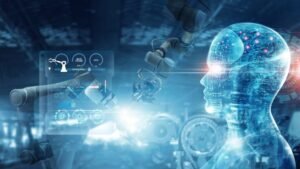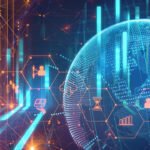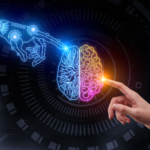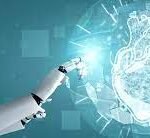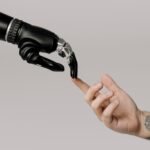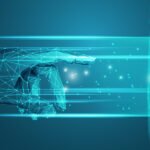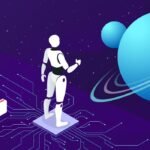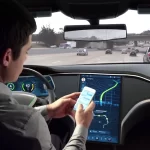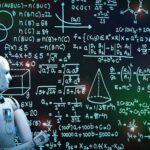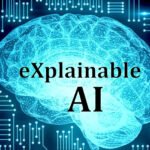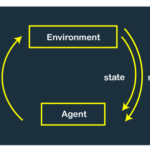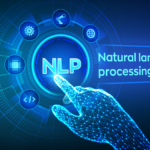Reinforcement Learning: AI agents that learn through trial and error by interacting with an environment
Agent: The RL agent is the entity that learns and makes decisions. It observes the environment, takes actions, and receives feedback. Environment: The environment is the context in which the RL agent operates. It can be a virtual or physical world, and it provides feedback to the agent based on its actions. State: The state represents the current condition or configuration of the environment. It provides relevant information to the agent for decision-making. Actions: Actions are the choices made by the RL agent in response to the observed state.
The agent selects actions based on its policy, which is the strategy for decision-making. Rewards: Rewards are the signals the agent receives from the environment after taking actions. They indicate the desirability or quality of the agent’s behavior. Positive rewards reinforce good actions, while negative rewards (penalties) discourage undesired actions. Exploration and Exploitation: RL agents need to balance exploration and exploitation.
Exploration involves trying out different actions to discover optimal behavior, while exploitation involves maximizing rewards based on the agent’s current knowledge. Q-Learning and Policy Gradient: RL algorithms use various techniques to learn optimal behavior. Q-Learning is a popular model-free RL algorithm that estimates the value of taking an action in a specific state. Policy Gradient methods directly learn a policy, which is a mapping from states to actions, by optimizing the expected cumulative reward.
Applications: RL has been successfully applied in various domains, including robotics, game playing, recommendation systems, autonomous vehicles, and resource management. RL has achieved notable successes, such as AlphaGo, an RL-based program that defeated human champions in the game of Go. Reinforcement learning offers a powerful framework for training intelligent agents to learn and make decisions in complex and dynamic environments. It has the potential to drive advancements in autonomous systems, optimization, and adaptive decision-making.



